We can assist with measurement of interactions of proteins with other proteins, RNA, lipids and carbohydrates. We can also perform fully automated iso thermal calorimetry. In addition, we can do real-time quantification of binding of fluorescently labeled biomolecules or bacterial cells to immobilized cells or receptors.
Contact:
BICU affinity user club:
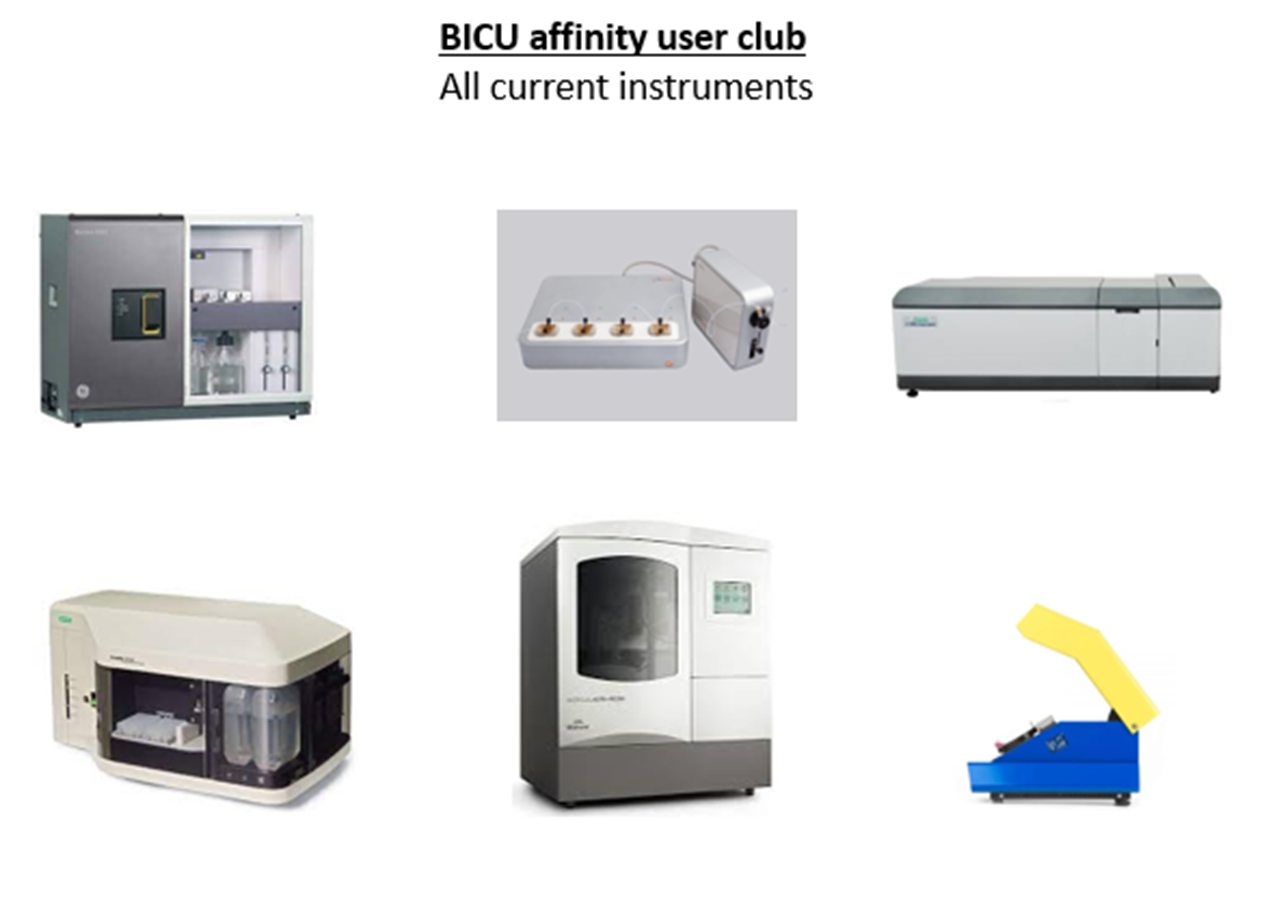
Description of the user clubs
How to become a member?
1. Write an email to johan.olofsson.edlund@umu.se to recieve the contract to sign.
2. We will then send a copy of the BICU policy to read and a user contract to be signed by the PI of the group applying.
3. Once the agreement is signed by the PI and sent back to us you are free to start booking introductions.
Introductions and access:
Technical questions & experimental support:
When errors occur hard/software issues:
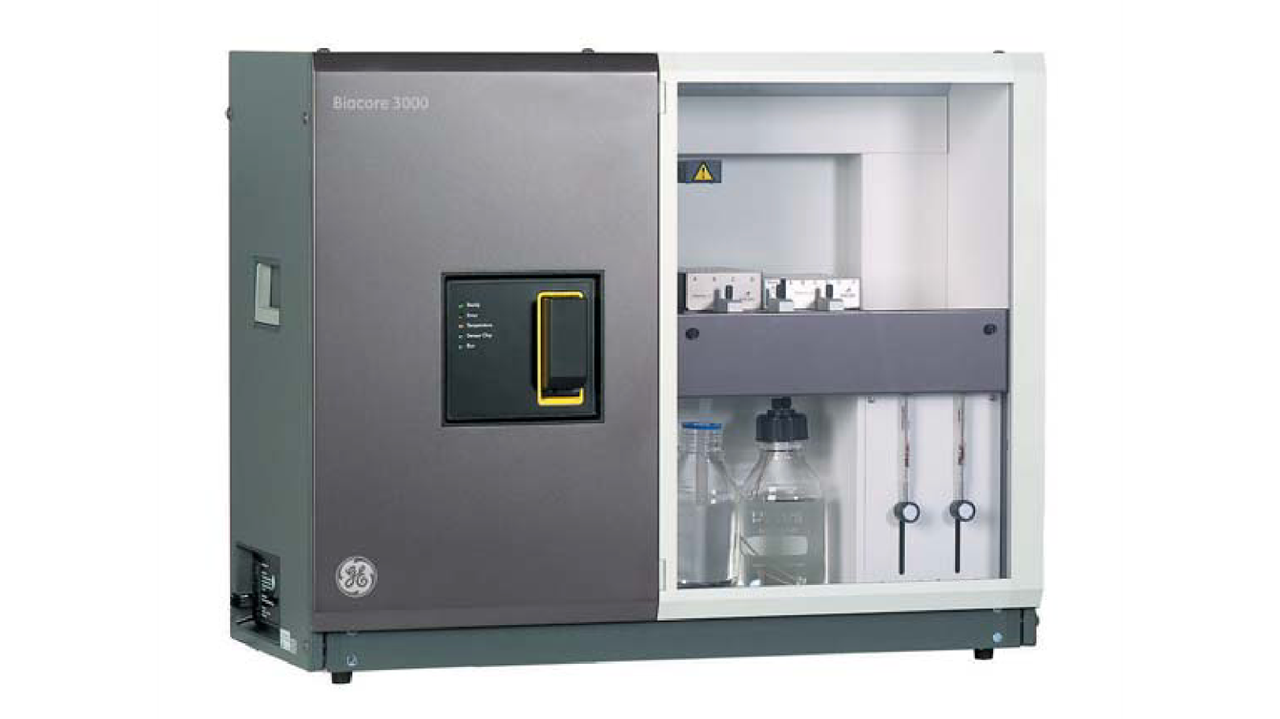
Protein – Protein
Protein – DNA
Protein – Small molecule or fragment.
Protein – Carbohydrate
Protein – Lipid or Membrane / Liposome interactions
Protein – RNA
By attaching one of your targets (the ligand) onto a chip surface and then flowing over your other target (analyte) the biacores optical sensors measures the change in mass bound to the chip. Various commercial chips allow you to attach your ligands in different ways depending on your material. The most common ones are through His-tags, Amine coupling or Biotin-tags.
With the kinetic assays you can determine association, dissociation and binding constants for your interactions. This older version of the Biacore gives the user the option of doing “manual” injections to better optimize their running conditions and also create their own scripts for reproducible workflows. For the less experienced one you can also use the application wizard templates and be guided through your experiments step by step with the internal software.
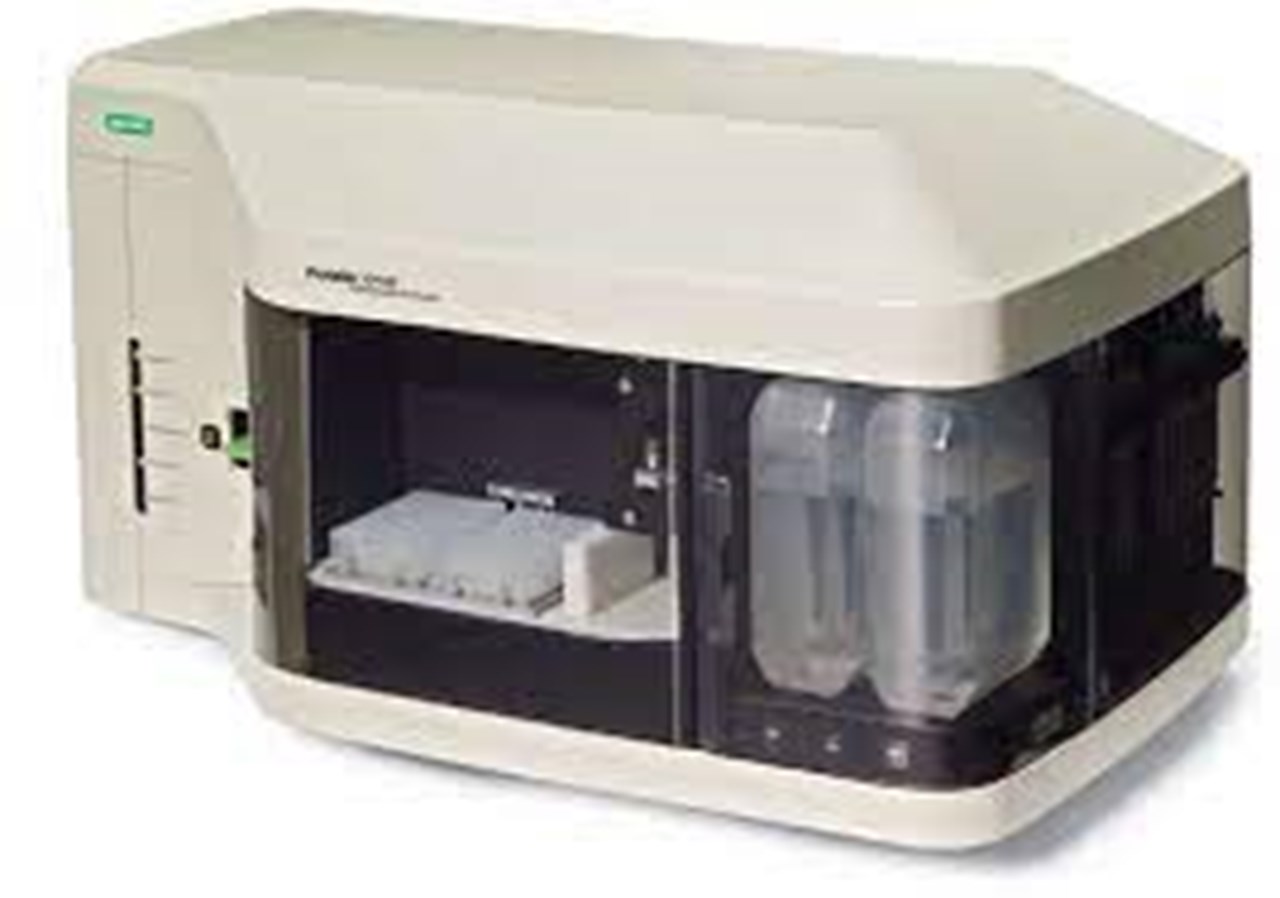
The ProteOn XPR36 is an SPR based biosensor from BIO-RAD. The measuring principles are the same as for the Biacore3000 system in the regards that it is measuring the change in mass bound to the chip. The main difference to the Biacore system is that it is capable of 6 simultaneous injection over 6 different flowcell surfaces. The other key difference is the thickness of the capillaries in the systems, the ProteOn has wider capillaries and is therefore more robust and less sensitive to clogging. The trade off for this is that the sensitivity is slightly lower in comparison to the Biacore.
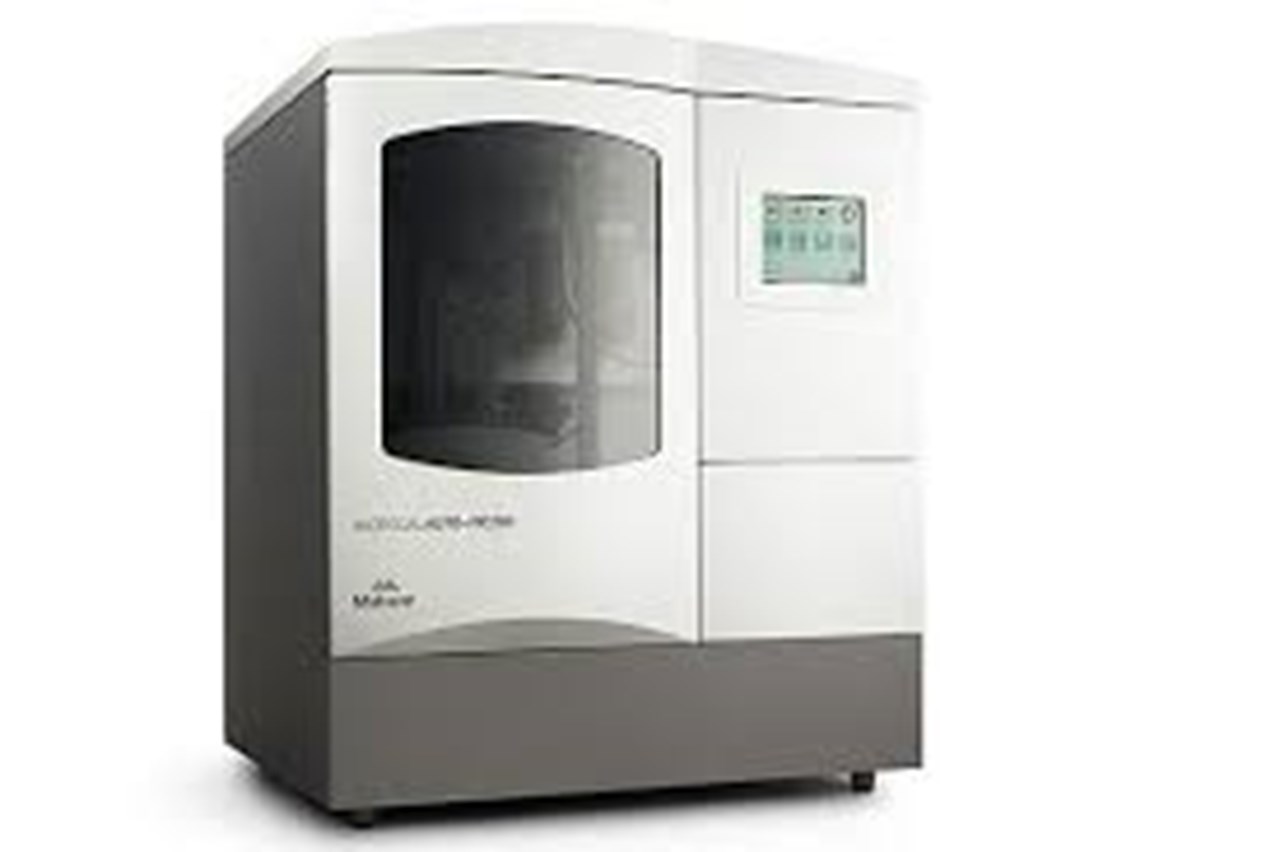
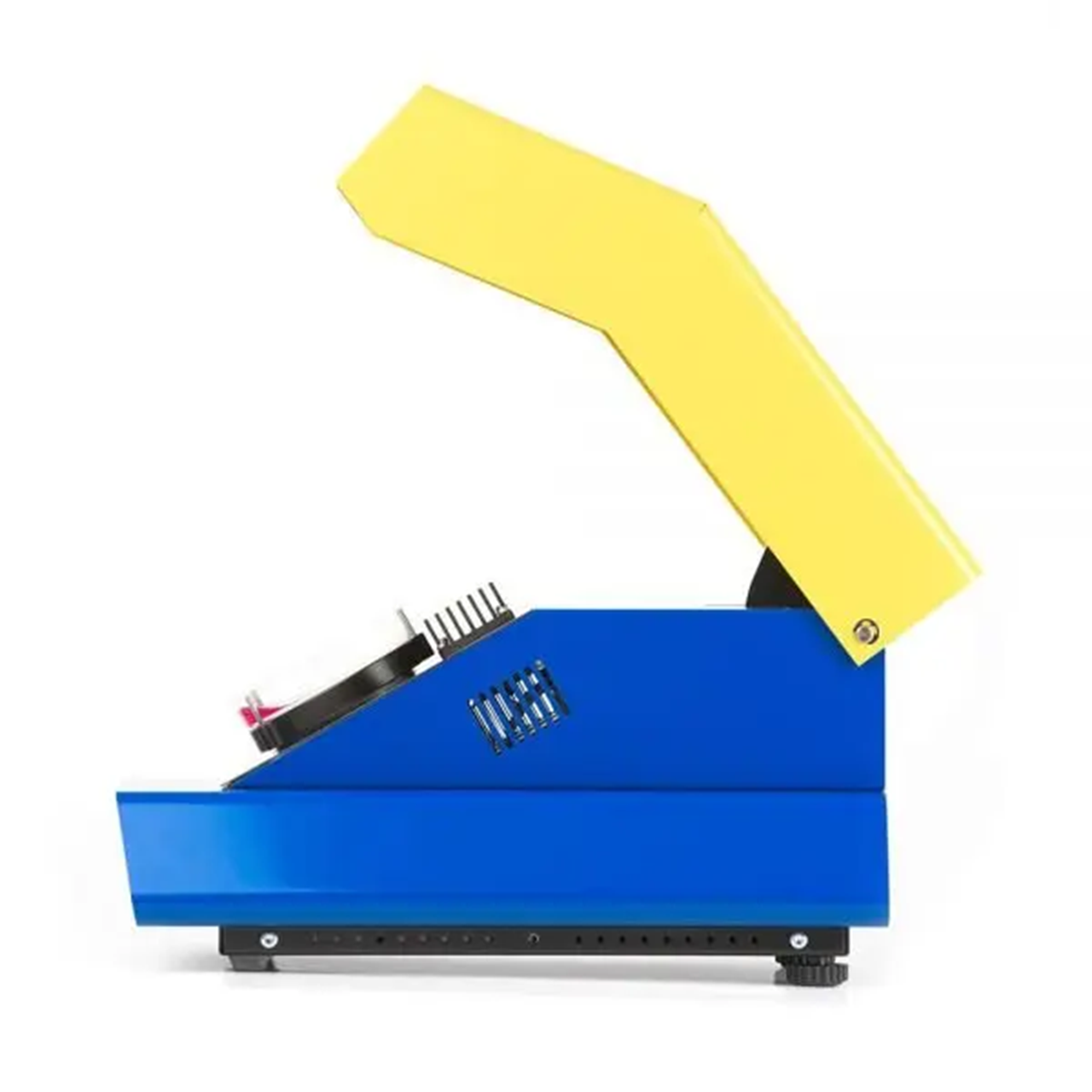
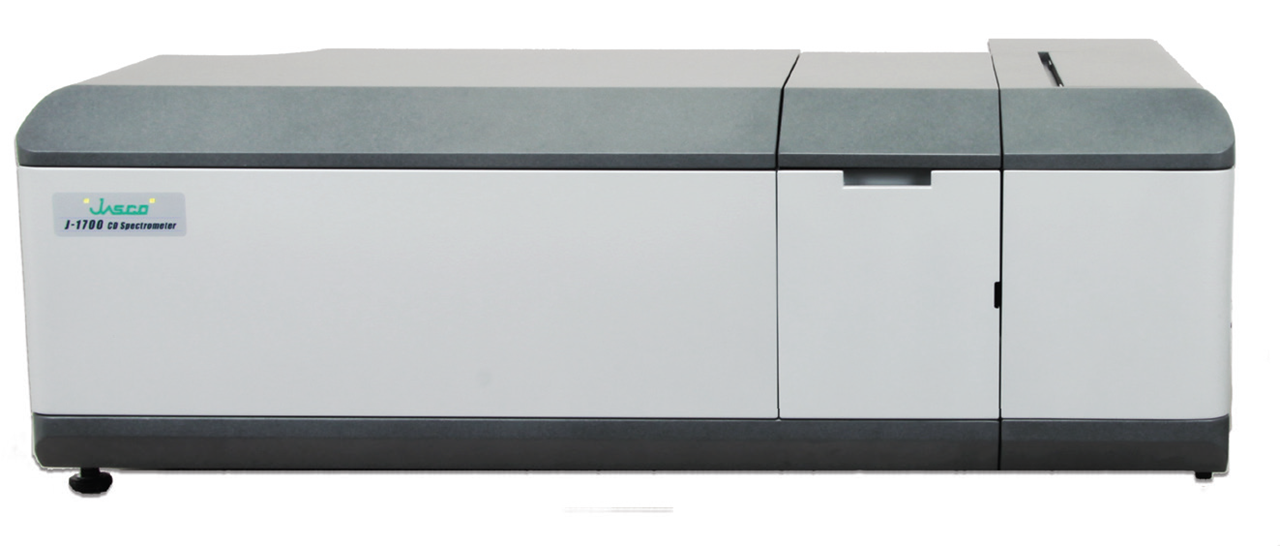
More Details
The CD has also been installed with a karusell for 6 cuvettes to allow measurements 6 samples at a time.
It also comes with a thermoregulation module that allows you to perform temperature gradient measurments.
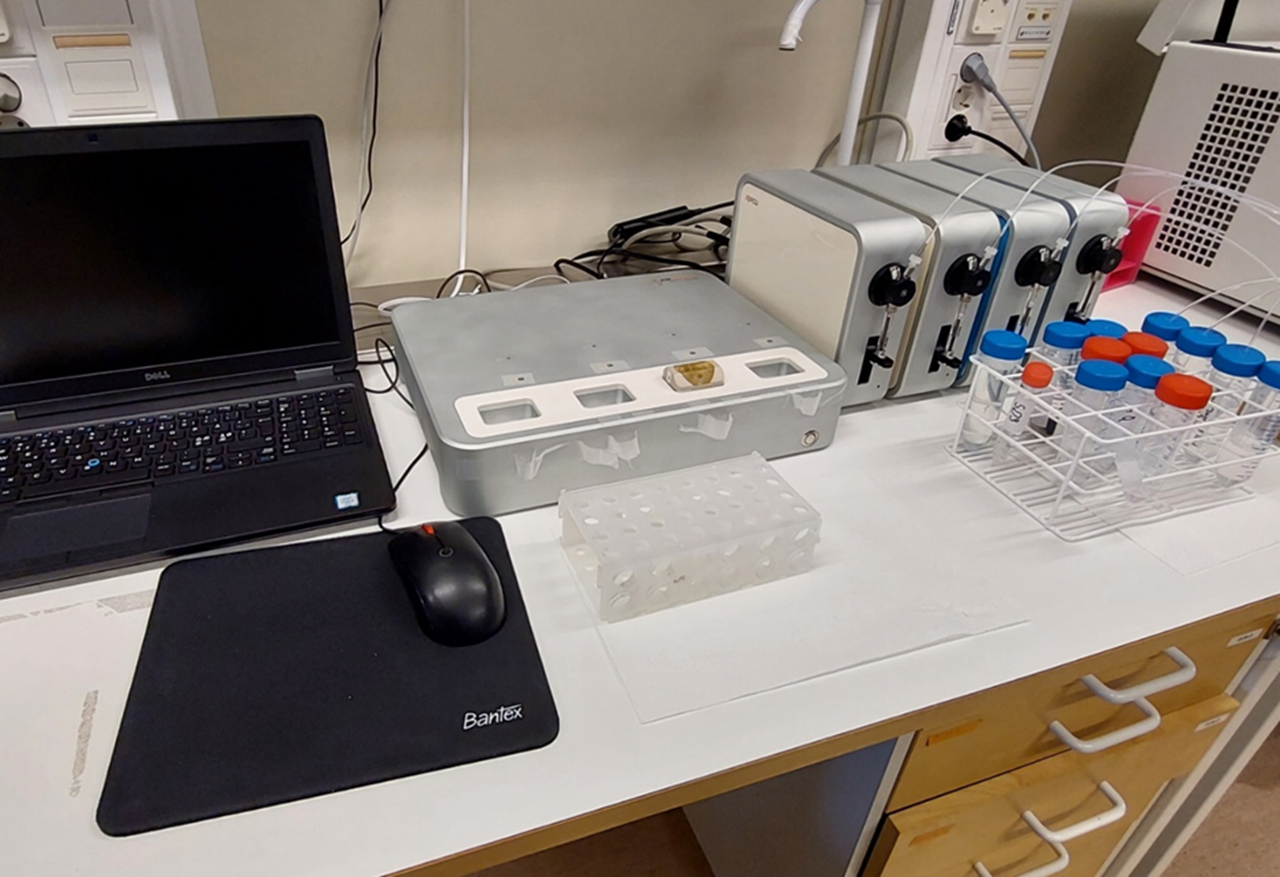
More Details